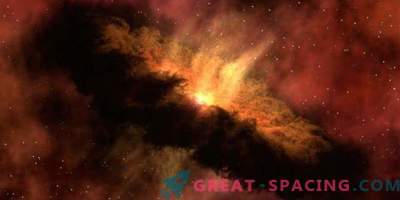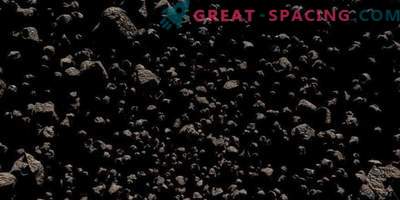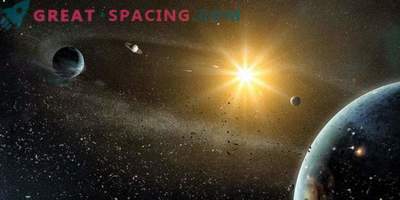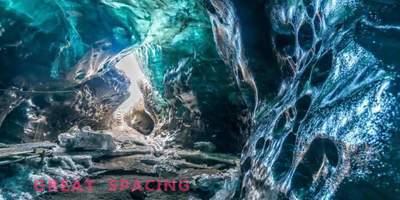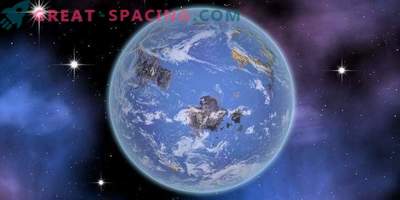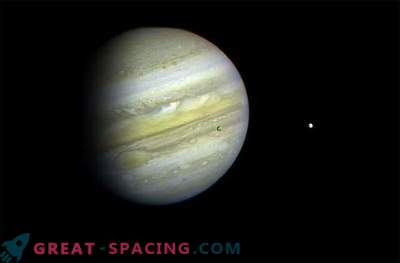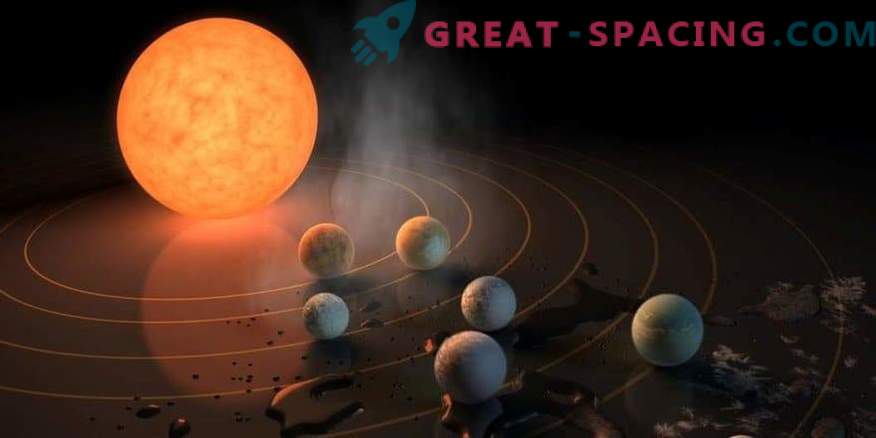
Scientists from the University of Amsterdam proposed their theory regarding the formation of the Trappist-1 planetary system, which has seven Earth-sized planets. They believe that the whole thing in the line in which the ice is transformed into water. Areas receive additional water and form protoplanets.
The seven-planet Trappist-1 system was announced only in February 2017. She surprised everyone, because according to theories, so many large planets could not appear near such a small star. Scientists immediately began to develop a model.
Up to this point there were two main theories of planetary formation. The first one says that they are initially formed at the place where we find them. In the case of Trappist-1, this hardly works, because the disc must be very dense. The second - the planets appear in the disk, and then move inward. It is also not suitable for our case, because it does not explain the fact that all 7 planets are similar in size to ours. The new model considers that there is a moment of migration, but the “moving” is not a full-fledged planet, but a pebble, from which the formation begins. It is represented by ice. When the pebbles approach the ice line (the point where there is enough heat to form liquid water), then an additional volume of water vapor is obtained. As a result, the elements merge and create a protoplanet, which gradually moves towards the star. On its way, it continues to grow, picking up pebbles, and grows to modern dimensions.
The main snag lies in the water line. At the intersection of pebbles consumes water ice, but it resumes it as it passes through the dust disk. In the system, this process was repeated until the found seven appeared. In the near future, researchers plan to test their guess in the computer model taking into account various conditions.


